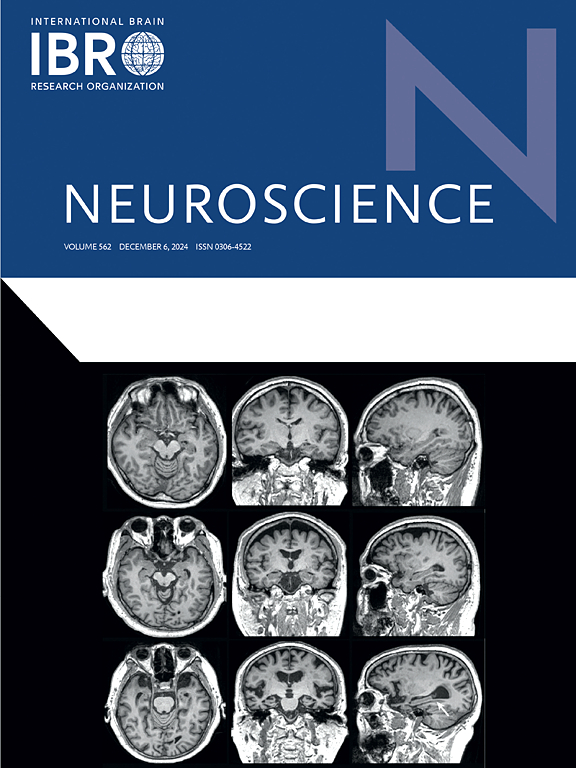Low-intensity transcranial ultrasound stimulation modulates neurovascular coupling in mice under propofol anesthesia
IF 2.9
3区 医学
Q2 NEUROSCIENCES
引用次数: 0
Abstract
Background
Studies have reported that low-intensity transcranial ultrasound stimulation (LI-TUS) can modulate the emergence from anesthesia. Dynamic changes in neurovascular coupling during anesthesia continuously coordinate spatial cerebral blood flow. How LI-TUS modulates neurovascular coupling to alter anesthesia need to be elucidated.
Methods
Sixteen healthy BALB/c mice were divided into the transcranial ultrasound stimulation (TUS) group (n = 8) and the Sham group (n = 8). After a surgical procedure, mice were intraperitoneally injected with propofol. Mice in the TUS group were stimulated by transcranial ultrasound. Electroencephalogram, cerebrovascular images of the cortex, and electromyography were recorded. The changes of these indicators were analyzed using optical intrinsic signal imaging and electrophysiological acquisition.
Results
We found that LI-TUS shortened the awakening time in the TUS group. Furthermore, the following changes in the TUS group were observed: (1) During the period of recovery from anesthesia, the relative change in cerebrovascular deoxyhemoglobin was decreased at TUS-10 min, TUS-15 min and TUS-20 min; (2) During the deep anesthesia phase, the relative change of mean absolute power of local field potentials was increased at [4–8 Hz], [8–13 Hz], [13–30 Hz], and [30–60 Hz] frequency bands. Furthermore, the Pearson correlation coefficients between the relative change of mean absolute power at [60–90 Hz] frequency band and the relative change in cerebrovascular deoxyhemoglobin were smaller in the TUS group.
Conclusion
LI-TUS shorten the time of awakening in mice under propofol anesthesia, which may due to LI-TUS energized the neural activity, increased cerebral blood flow, improved the cerebral blood oxygenation and neurovascular coupling.

求助全文
约1分钟内获得全文
求助全文
来源期刊

Neuroscience
医学-神经科学
CiteScore
6.20
自引率
0.00%
发文量
394
审稿时长
52 days
期刊介绍:
Neuroscience publishes papers describing the results of original research on any aspect of the scientific study of the nervous system. Any paper, however short, will be considered for publication provided that it reports significant, new and carefully confirmed findings with full experimental details.
 求助内容:
求助内容: 应助结果提醒方式:
应助结果提醒方式:


